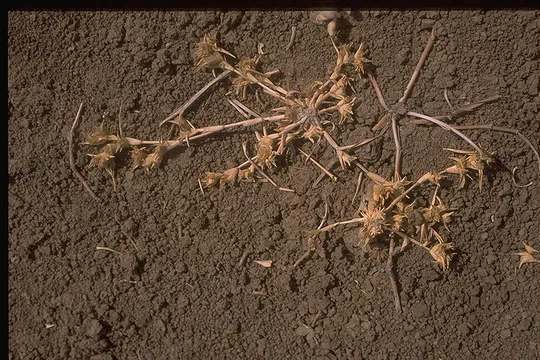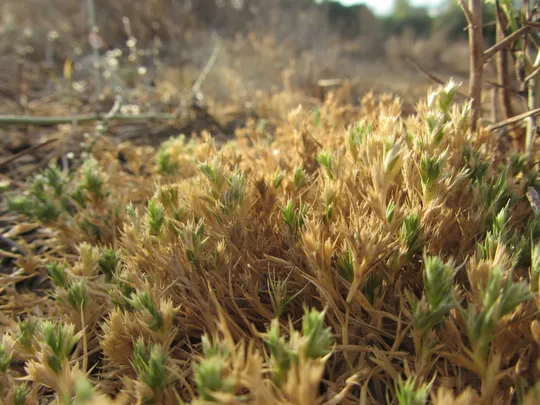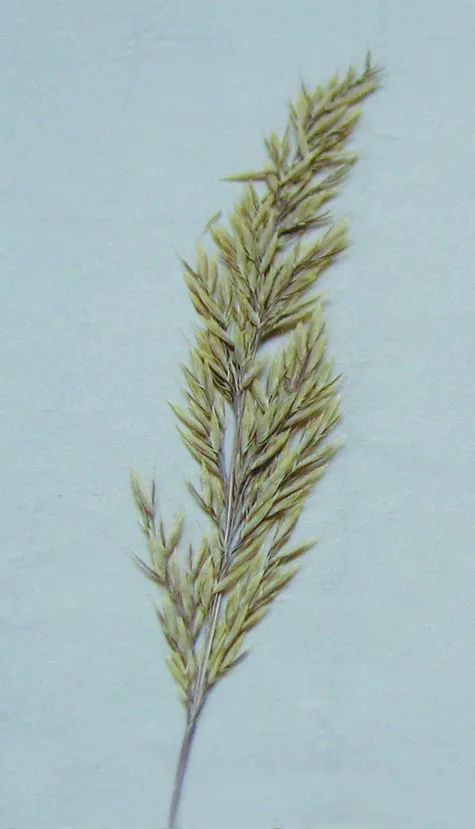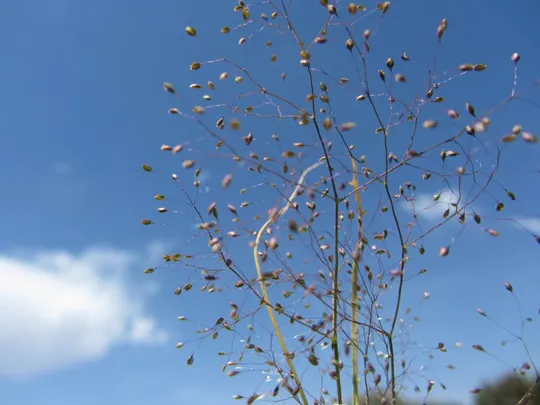Crypsis acuminata
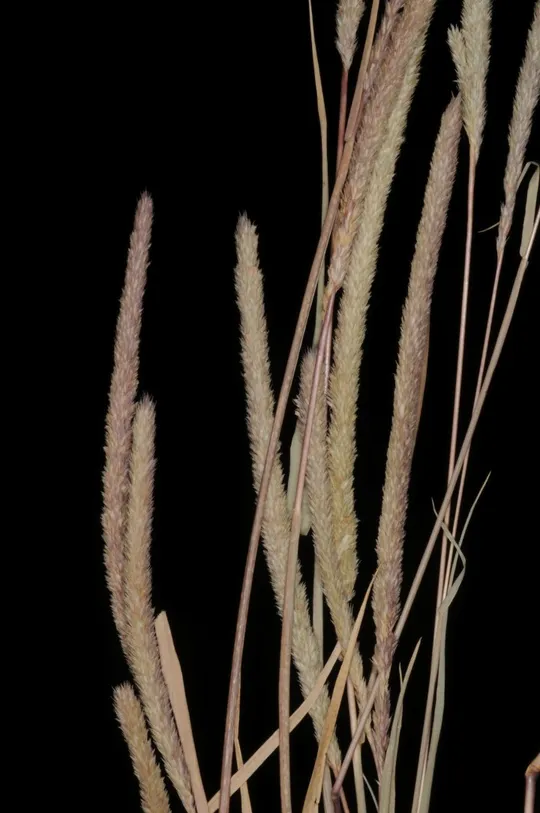
Crypsis acuminata
now grows only in the Lower Galilee, where Mimi Ron collected it in the Bet
Netofa Valley in summer of 2009 and this is the only site in that region. Formerly
it grew in three other regions: the Jezreel Valley, Acre Valley and Ramat
Menashe, but it is now extinct at these sites. During the first half of the 20th
century, C. acuminata
grew at the edges of the Kishon Stream near Yagur and near Nahalal. It was last
found in the Jezreel Valley near Mishmar HaEmek in 1959. The species is not
found now, nor was it ever found on the coastal plain south of Haifa. Liston
and Schmida collected C. acuminata
in 1984 near the Nakar Pond in the Hermon. Interestingly, the species was never
collected in the Hula Valley or the Bet Tsayda Valley.
In depressions and winter pools on heavy soil
that dries in the summer. In Israel, it grows on the banks of streams and lakes
that flood adjacent low areas that remain moist for several months. In the north,
it also grows at the edges of agricultural fields and in moist meadows.
The genus Crypsis has 12 annual species
that grow in the Mediterranean Basin and in the Irano-Turanian region, penetrating
into the Euro-Siberian region and tropical Africa. Six species, belonging to two
different groups grow in Israel: one includes species that have a compressed capitate
spike (C. factorovskyi, C. minuartioides); and the second includes species with an elongated cylindrical
spike – C. schoenoides, C. alopecuroides and C. acuminata.
C. schoenoides is the most common of the group with elongated
spikes; its spike is 5-6 mm wide. The spikes of the other two species are narrower
than 4 mm. Moreover, in C. schoenoides the sheath of the axillary spikelet is
widened and partially supports
the inflorescence. C. alopecuroides is common in many wetlands in Central and
Northern Israel, its spikelet is short (2-3 cm) and the glumes do not terminate
in a point.
·
Crypsis acuminata was considered extinct in the western regions of
Israel, but field surveys and background research for the red book confirmed
its existence in additional regions, with the exception of the Golan Heights.
·
The disappearance of flooded areas with heavy soil and
the desiccation of wetlands destroyed the characteristic habitat of C. acuminata and led to the extinction of its populations.
·
C. acuminata is not protected in a nature reserve.
·
According to the IUCN data, C. acuminata is not endangered outside Israel. The basis for this
assessment is national flora lists.
However, the species may be at risk in other regions of the Fertile
Crescent due to accelerated development and destruction of wetlands around
water sources.
Crypsis
acuminate should be restored on the Kishon Stream floodplains near Kibbutz
Yagur. A comprehensive
survey should be conducted in the wetlands of the Golan Heights. Its presence
in the Bet Netofa Valley should be studied to verify whether it is episodic or whether
there is a permanent population at the site; its size should be assessed and
its protection ensured.
The range of Crypsis
acuminate extends from the eastern Mediterranean Basin to
central Asia: it grows in the northern Fertile Crescent: southwestern Anatolia,
western Syria, northern Israel, northern Iraq, Iran, southern Russia,
Kazakhstan and western Siberia.
Crypsis acuminata is an annual grain characteristic of
flooded areas and seasonal wetlands that grows at a small number of sites in
northern Israel. Its habitat is very sensitive and vulnerable. The distribution
of C. acuminata in Israel is peripheral in comparison to the global
distribution in the countries east of Israel. There is no evidence of global
endangerment, but the species may be threatened in several other countries.
צמח דגני חד-שנתי של שטחים מוצפים ומקווי מים עונתיים הגדל במספר קטן של אתרים בגלילות צפון הארץ. בית הגידול רגיש ביותר לפגיעה ולאובדן. התפוצה בארץ פריפריאלית ביחס לתפוצה העולמית המשתרעת בארצות שמצפון לישראל. אין עדויות על סכנת הכחדה עולמית, אך ייתכן שגם בכמה ארצות אחרות המין נמצא בסיכון.
Current Occupancy Map
| 1000 squre meter pixel | 5000 squre meter pixel | 10000 squre meter pixel | |
|---|---|---|---|
| number of observations | 0 | 0 | 0 |
| in total pixels | 0 | 0 | 0 |
| Family | Gramineae |
| Classification | On the endangered species list |
| Ecosystem | Mediterranean humid |
| Chorotype | Eastern Mediterranean |
| Conservation Site | Reintroduction to the Kishon Stream near Yagur |
| Rarity |
1
3
6
|
|---|---|
| Vulnerability |
0
4
4
|
| Attractiveness |
0
0
4
|
| Endemism |
0
0
4
|
| Red number |
1
4.2
10
|
| Peripherality | E |
| IUCN category | DD EW EX LC CR EN VU NT |
| Threat Definition according to the red book | Endangered |
 Based on:
Based on:
